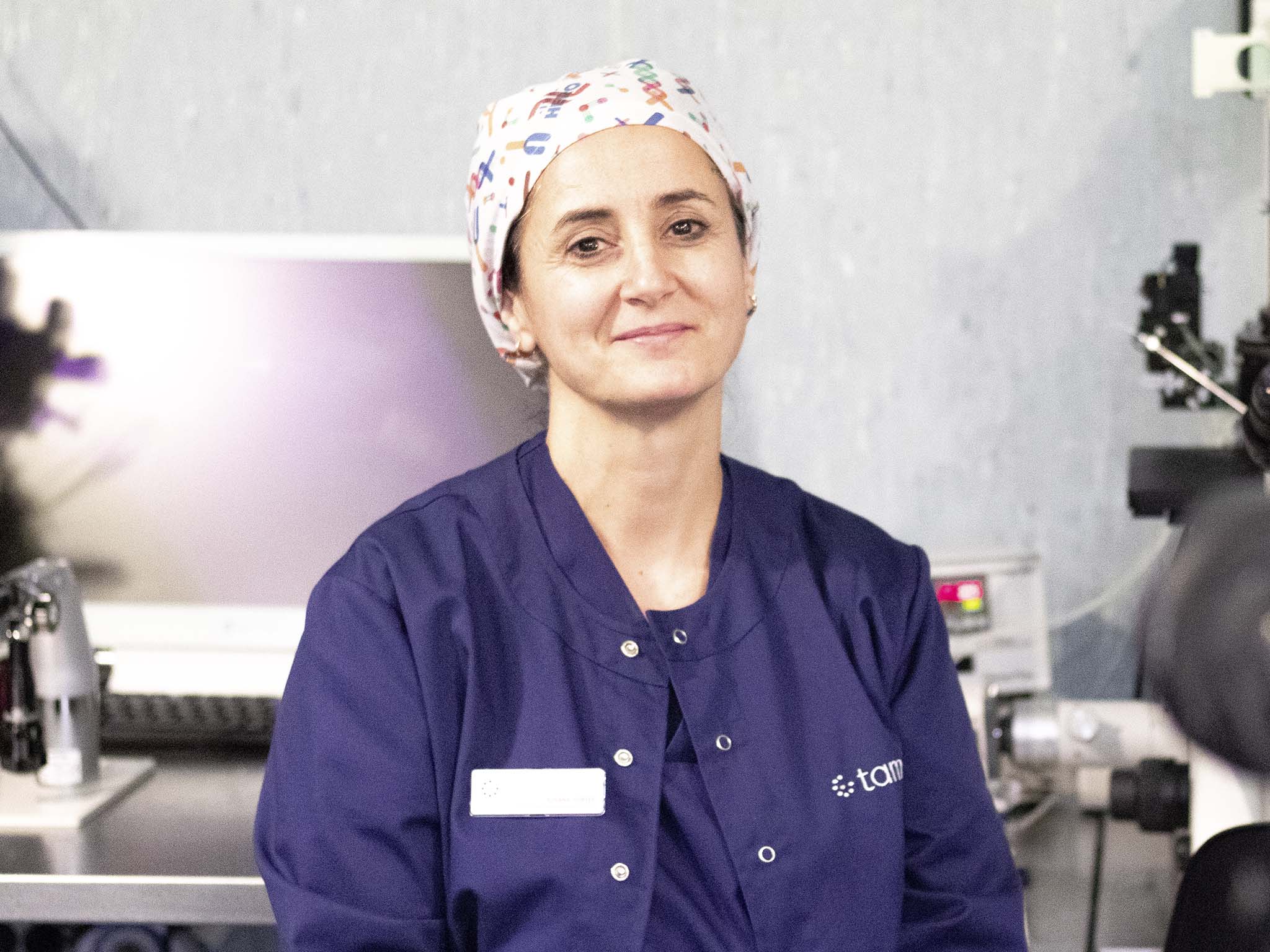Table of contents
Many are the years that Tambre has been collaborating with the Complutense University of Madrid in order to advocate for joint research in different aspects of Assisted Reproduction that may represent advances in this science and benefits for patients who undergo treatments of this type.
We have spoken with Dr. Susana Cortés, Director of the Tambre laboratories, to bring us the latest news about the studies that are currently underway.
The relationship between NLRP3 and low ovarian reserve
Currently the Tambre laboratory is carrying out, together with the UCM, various studies on the inflammasome, specifically on the critical role of NLRP3 in the control and detection of ovarian tissue damage. The results obtained suggest that the increase in oxidative stress may induce an increase in the expression and/or ovarian tissue activity of the NLRP3 inflammasome. This could open up new therapeutic strategies for the treatment of female fertility disorders, such as low ovarian reserve.
Dr. Cortés affirms that the influence of oxidative stress should also be highlighted (the inflammasome is a signaling molecule of this very same imbalance), as it can stimulate inflammation of the ovary and induce a gradual depletion of ovarian follicles, as well as generate poor quality oocytes. The inflammasome triggers the activation of the caspase pathway. Activated caspase-1 plays a fundamental role in proteolytic processing and, therefore, in the maturation of IL-1b and IL-18 cytokine precursors (1). “Among the mechanisms involved in these processes is ‘pyroptosis’, which is a process strongly regulated by inflammasomes, leading to the activation of what is known as the caspase pathway and therefore, to programmed cell death”, explains the Director of Laboratories at Tambre. NLRP3, whose activation induces conformational changes that allow for the recruitment of an adaptor protein ASC, which in turn interacts with the inactive procaspase-1. Finally, activated caspase-1 is responsible for maturing pro-IL-1 and pro-IL-18 into biologically active forms. IL-1 contributes to the development and maintenance of the inflammatory response. In parallel with this process, and as a consequence of the activation of caspase, it can induce apoptosis.
What implications can this have on assisted reproduction treatments?
With the studies being carried out jointly by Clinica Tambre with the UCM Faculty of Medicine, led by Professor Jesús A. Tresguerres (Professor of Physiology and Experimental Endocrinology) and Professor Elena Vara (Professor of Biochemistry and Molecular Biology), new information is being provided on the activation mechanisms of these processes. “Likewise, we know more about the mechanisms of action that we as professionals can exercise in order to minimize these processes and be able to offer our future patients new and better treatments for women with pathologies often associated with low ovarian response“, Cortés concludes

